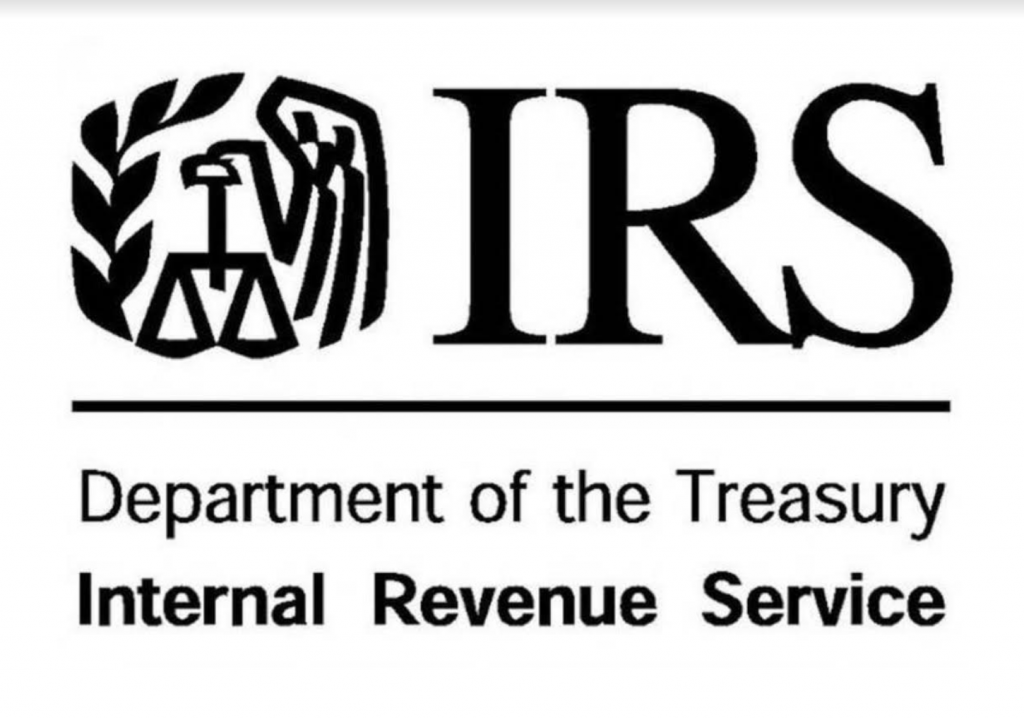
The Coronavirus Aid, Relief, and Economic Security Act (CARES Act) encourages businesses to keep employees on their payroll by providing them an Employee Retention Credit. It also helps to make sure workers aren’t forced to choose between their paychecks and the public health measures needed to combat the coronavirus.
Eligible employers can claim this credit for wages paid after March 12, 2020, and before Jan. 1, 2021.
Eligible employers
The credit is available to all employers that have experienced an economic hardship due to COVID-19. This includes tax-exempt organizations. Only two exceptions apply:
1. Federal, state and local governments and their instrumentalities, and
2. Small businesses that receive small business loans under the Paycheck Protection Program.
For purposes of this credit, employers experiencing an economic hardship include those with suspended operations due to a government order related to COVID-19 or that have experienced a significant decline in gross receipts.
An employer may have to fully or partially suspend operations because a governmental order limits commerce, travel, or group meetings due to COVID-19 in a manner that prevents the employer from operating at normal capacity.
A significant decline in gross receipts begins in the first calendar quarter in 2020 in which an employer’s gross receipts are less than 50% of its gross receipts for the same quarter in 2019. The decline ends the first calendar quarter in 2020 after the quarter in which the employer’s gross receipts are greater than 80% of its gross receipts for the same quarter in 2019.
The employer calculates these measures each calendar quarter.
Amount of credit
The tax credit is 50% of up to $10,000 in qualified wages paid to an employee. The employer’s maximum credit for qualified wages paid to any employee is $5,000. Qualified wages include the cost of employer-provided health care.
Example. Eligible employer pays Employee B $8,000 in qualified wages in Q2 2020 and $8,000 in qualified wages in Q3 2020. The credit available to the employer for the qualified wages paid to Employee B is equal to $4,000 in Q2 and $1,000 in Q3 due to the overall limit of 50% of up to $10,000 of qualified wages per employee for all calendar quarters.
Qualified wages
The wages that qualify for the credit vary based on the average number of the employer’s full-time employees in 2019. If the employer had 100 or fewer employees on average in 2019, the credit is based on wages paid to all employees, regardless if they worked or not. If the employer had more than 100 employees on average in 2019, then the credit is allowed only for wages paid to employees for time they did not work. In each case, the wages that qualify are wages paid for a calendar quarter in which the employer experiences an economic hardship.
The amount of qualified wages for which an eligible employer may claim the Employee Retention Credit doesn’t include the amount of qualified sick and family leave wages for which the employer received tax credits under the Families First Coronavirus Response Act (FFCRA). This means that the employer can’t use the same wages to determine the amount of the Employee Retention Credit.
How to claim the credit
Beginning with the second calendar quarter of 2020, to claim the credit, employers should report their total qualified wages and the related health insurance costs for each quarter on their quarterly employment tax returns, usually Form 941, Employer’s Quarterly Federal Tax Return. They can receive the benefit of the credit even before filing by reducing their federal employment tax deposits by the amount of the credit. Then they will account for the reduction in deposits due to the Employee Retention Credit on the Form 941. The IRS recently posted Frequently Asked Questions about the ability both to reduce deposits for the credit and to defer the deposit of all of the employer’s share of social security tax due before Jan. 1, 2021 under a separate provision in the CARES Act.
If employers do not have enough federal employment taxes to cover the amount of the credit, after they have deferred deposits of employer social security taxes under the CARES Act as discussed in the FAQs, they may request an advance payment of the credit from the IRS by submitting Form 7200, Advance Payment of Employer Credits Due to COVID-19. They may fax their completed forms to 855-248-0552.
Example. An eligible employer paid $10,000 in qualified wages, including qualified health plan expenses, and is therefore entitled to a $5,000 credit, and is otherwise required to deposit $8,000 in federal employment taxes, including the taxes withheld from all of its employees, for wage payments made during the same calendar quarter as the $10,000 in qualified wages. The employer has no paid sick or family leave credits under the FFCRA. The employer may first defer the employer’s share of social security tax imposed on the wages, then may retain up to $5,000 of the other employment taxes it was going to deposit, and it will not owe a penalty for keeping the $5,000. The employer will claim the credit and reflect the reduced liability for the $5,000 when it files Form 941.
Keep records to substantiate claims
Employers claiming the credit must keep records supporting the credit. An employer should keep all employment tax records for at least four years.
More information:
Employee Retention Credit FAQs
IR 2020-62, Employee Retention Credit available for many businesses financially impacted by COVID-19










